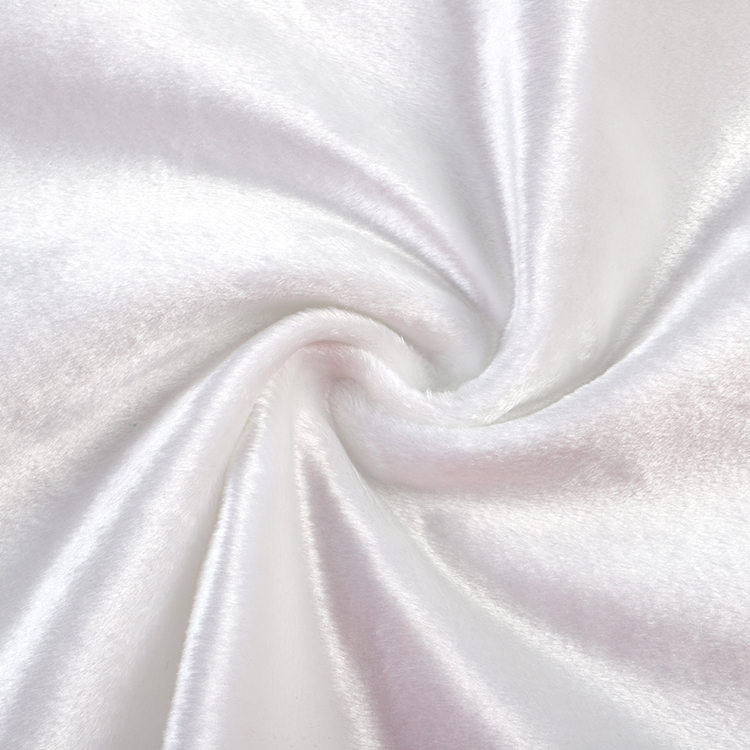 2025.01.08
2025.01.08
 Industry News
Industry News
Smart Technologies in Carpet Fabric
As homes and businesses become smarter, so too does the carpet fabric industry. Smart carpets, integrated with sensor technologies, are an emerging trend that enhances both functionality and convenience. These carpets are equipped with embedded sensors that can track foot traffic, monitor air quality, and even detect temperature changes.
For instance, smart carpets with built-in pressure sensors can monitor the movement of people within a space. These carpets can be used in commercial settings like offices or healthcare facilities to track foot traffic and optimize cleaning schedules, ensuring that high-traffic areas are cleaned more frequently.
Other innovations include carpets with embedded heating elements, which can provide underfoot warmth in colder climates. These carpets are compatible with smart home systems, allowing users to control the temperature through voice commands or smartphone apps, adding an extra layer of comfort to any room.
Sustainability at the Forefront
Sustainability continues to be a driving force behind innovations in carpet fabric production. Consumers are increasingly demanding environmentally responsible products, and carpet manufacturers are responding by adopting eco-friendly materials and manufacturing processes.
One of the most significant advancements is the use of recycled materials in carpet production. Carpet manufacturers are now using post-consumer waste, such as plastic bottles, to create high-quality, durable carpet fibers. This not only reduces the demand for virgin raw materials but also helps divert waste from landfills.

Another sustainable practice gaining traction is the use of cradle-to-cradle design principles, where carpets are designed with the end of their lifecycle in mind. Some manufacturers are developing carpets that can be fully recycled into new carpets, ensuring that the material is reused and not discarded.
Innovative Carpet Fabrics for Better Performance
In addition to being sustainable, today’s carpet fabrics are engineered for enhanced performance. Advances in fiber technology have resulted in carpets that are more stain-resistant, durable, and easy to maintain. For example, new stain-repellent finishes are being applied to carpets, ensuring that spills and stains do not seep into the fibers and cause permanent damage.
Other innovations include moisture-wicking carpets that help prevent mold and mildew growth by drawing moisture away from the surface. This makes them an ideal choice for areas with high humidity, such as bathrooms or basements.
Furthermore, manufacturers are developing carpets that are resistant to static electricity. Static-free carpets are particularly useful in environments where electronic equipment is present, such as offices or data centers, as they help prevent damage to sensitive devices.